
Circular agriculture not only provides enough food for humans but also ensures sustainable production - Photo: VGP/Do Huong
From waste to specialty
Every year, Vietnam produces about 150-160 million tons of agricultural waste and by-products. Cultivation alone accounts for 94 million tons; aquaculture about 1 million tons. Following the circular economy trend, a series of innovative domestic models are demonstrating the great potential of the agricultural circular economy - where all discarded products can be returned to serve production and create more profits.
In the seafood sector, the sardines processing factory of Tu Hai Seafood Company Limited (HCMC) is a typical example. More than 80% of the output here is sardines fillets exported to Japan. Previously, the head and bones of sardines were almost not valued, only sold for a few thousand VND/kg to animal feed facilities. Low value, easy to decompose causing pollution.
However, after many years of market research and nutritional research, Mr. Dao Quoc Tuan, General Director of Tu Hai Company, realized that anchovy bones are rich in calcium and can become a high-end food product. From observing consumer habits in Japan, he developed anchovy bones that are cleaned, dried, seasoned with sesame or fried in flour. This crispy dish was quickly accepted by Japanese restaurants.
From being considered a waste product, fish bones have become a new source of revenue, contributing to raising the brand of businesses and clearly demonstrating the circular approach in the seafood industry. According to the assessment of the Ministry of Agriculture and Environment , if properly invested, processing seafood by-products can bring in 4-5 billion USD per year, instead of only 275 million USD as at present.
In Dong Thap province - the largest mango growing area in the country, every year 60,000-75,000 tons of mango peels, seeds and pulp are discarded after processing. This large volume used to be a difficult environmental problem.
Thanks to the research results of the Southern Fruit Institute and the Department of Science and Technology of Dong Thap, Dong Thap Agricultural Fuel Company Limited has invested in a factory to produce organic fertilizer from mango by-products, with a capacity of 30 tons/day, equivalent to 9,000 tons/year.
Director Tran Ngoc Phuc said the project helps to thoroughly process by-products, generating tens of billions of VND in revenue per year, while also providing a source of quality organic fertilizer for farmers. The cycle of mango - organic fertilizer - mango trees is closed, making an important contribution to green agriculture and reducing emissions.
Another by-product that is quite typical in circular agriculture models is detergent from pineapple peel. Fuwa Biotech Co., Ltd. has developed Fuwa3e biological detergent, founder Le Duy Hoang once experimented with fermenting pineapple peel for two months to collect eco-enzyme - the raw material to create environmentally friendly detergent. After 6 years, the product has reached Korea, the US, and Germany.
Not stopping there, pandan leaves were researched by Faslink Company and its partners and turned into soft fabric fibers with the ability to protect against sunlight and deodorize - a big step forward for sustainable fashion.
Another company, Lien Thanh Seafood Processing Joint Stock Company, uses pineapple to ferment and produce vegetarian fish sauce, creating a product with a similar flavor to traditional fish sauce, meeting the needs of vegetarians and the international market.
Innovative models from pineapple by-products show a new way of thinking: by-products are not waste but raw materials for secondary industries.
Vice Chairman of the National Assembly Le Minh Hoan shared: "I often tell farmers that green agriculture is an irreversible trend. If we go against the world trend, we will not be able to sell our products."
As someone who is closely involved in the development of agriculture, Mr. Le Minh Hoan acknowledged: With green agriculture, the world is moving towards restoring the natural ecosystem. The goal is not only to provide enough food for humans but also to leave it for future generations to continue cultivating on those fertile lands. Switching to green agriculture means we are returning to what our ancestors did but with a new approach.
In the context of increasingly severe climate change, green agriculture or more broadly green economy requires the whole world to change its perception. Because, production according to old methods invisibly creates carbon dioxide, greenhouse effect causing climate change. Climate change has a negative impact on agriculture.
Only green agriculture can resolve this two-way effect. Because green agriculture aims for what is most environmentally friendly, does not impact natural resources, and does not cause the greenhouse effect.
There are many people who have invented green agricultural models. Farmers have been adapting agricultural models to follow nature, protect the environment, and reduce emissions.
According to the Ministry of Agriculture and Environment, there is still a lot of room for exploitation of crop by-products such as straw, rice husks, coffee husks, corn cobs, etc. Straw - accounting for 47% of crop by-products - but only 30% is reused; most of it is still burned in the fields.
Director of the Department of Crop Production and Plant Protection Huynh Tan Dat said the agricultural sector is promoting the use of by-products for value-added sectors: construction materials, renewable energy, biofertilizers; promoting on-site bioprocessing technology, enzyme production and biochar.
Ms. Do Thi Huong (Global Green Growth Institute - GGGI) commented that biochar production from straw, rice husks, and coffee husks is an important trend. Biochar not only increases soil fertility, but also helps sequester carbon in the soil for hundreds of years - an effective tool to reduce greenhouse gas emissions.
Models made from fish bones, mango peels, pineapple peels or pandan leaves have demonstrated that science and technology, when combined with production practices, can create great value. Appropriate support policies will encourage farmers, businesses and scientists to participate more strongly in the circular economy.
Making good use of by-products not only helps reduce environmental pollution, but also expands the agricultural value chain, creates new livelihoods for farmers, and increases competitiveness for businesses. This is an important key for Vietnamese agriculture to move closer to the goal of being green, circular, and sustainable.
Do Huong
Source: https://baochinhphu.vn/nong-nghiep-tuan-hoan-mo-duong-cho-tang-truong-xanh-102251118202350551.htm



![[Photo] The Standing Committee of the Organizing Subcommittee serving the 14th National Party Congress meets on information and propaganda work for the Congress.](https://vphoto.vietnam.vn/thumb/1200x675/vietnam/resource/IMAGE/2025/11/19/1763531906775_tieu-ban-phuc-vu-dh-19-11-9302-614-jpg.webp)

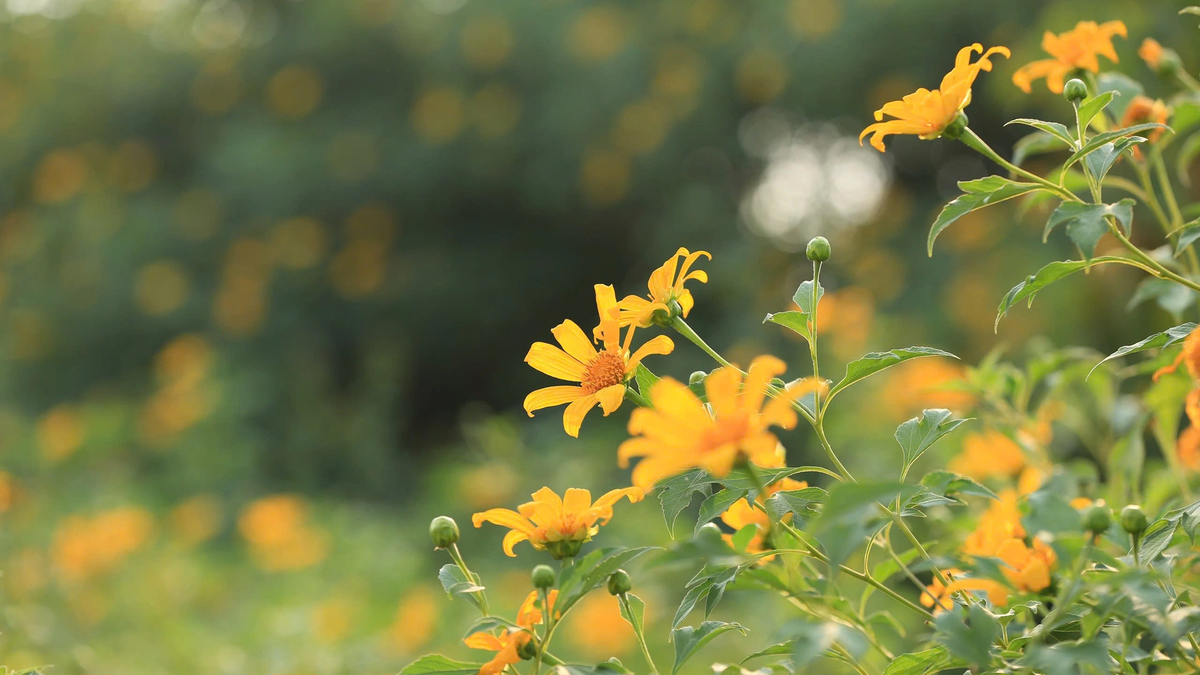


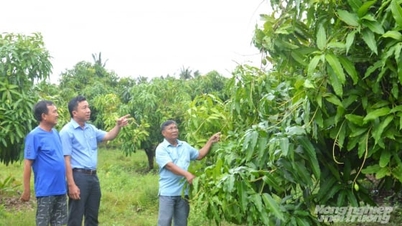




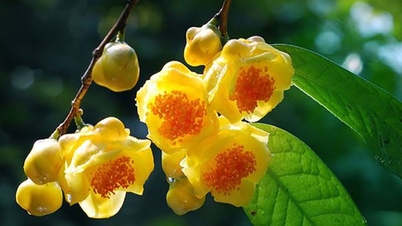








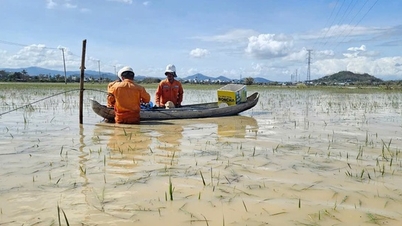


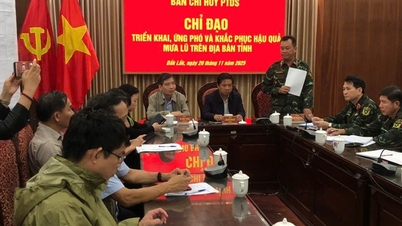
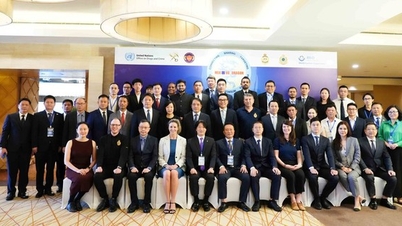













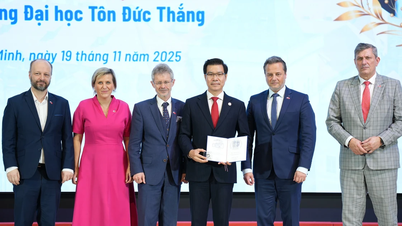








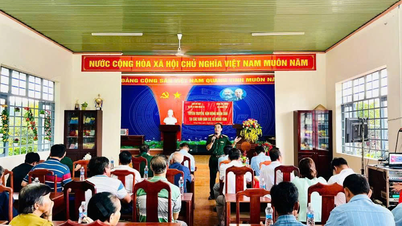





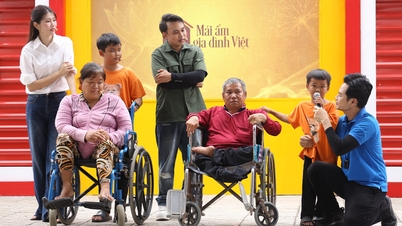
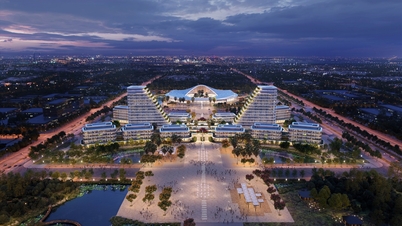
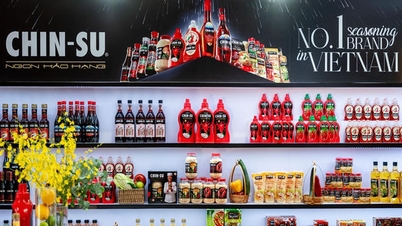








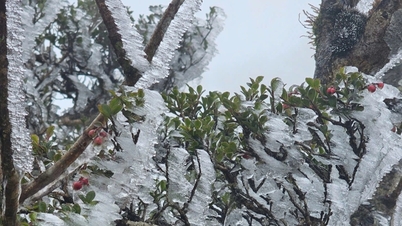















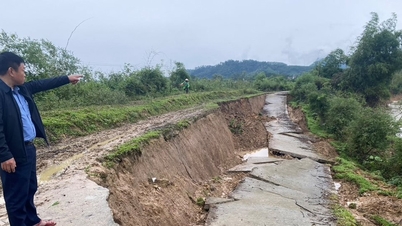

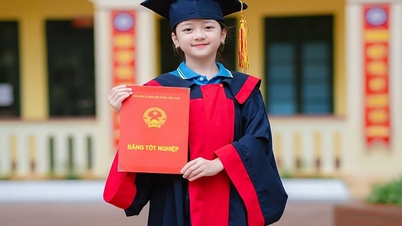





















Comment (0)